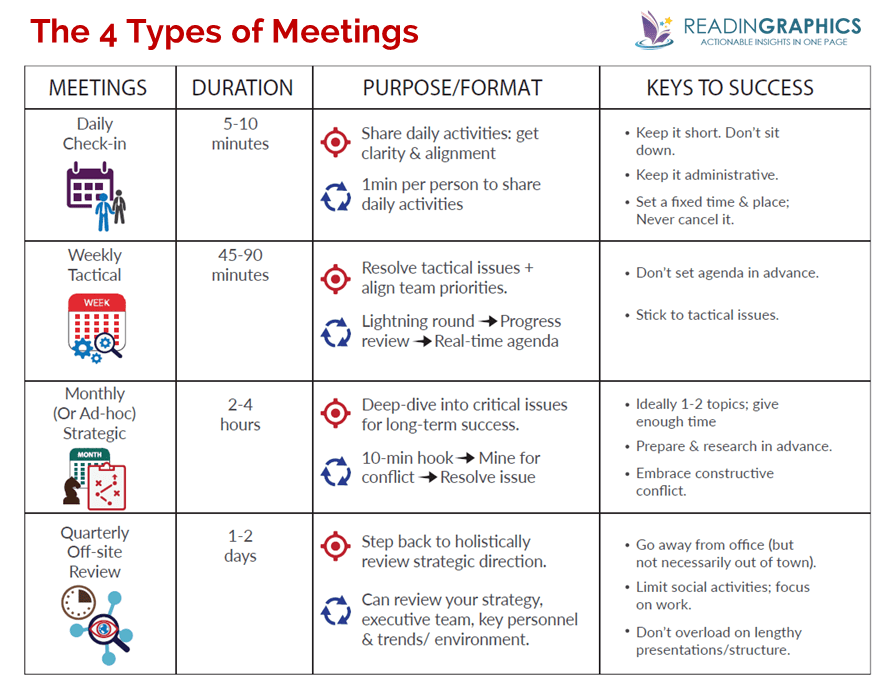Staying informed without micromanaging

Who doesn’t love to work with someone who gives detailed instructions on how to do every single task? And always checking up on people? I don’t love it, I hate it.
I do love to work with people that deliver results without me. I like to think of myself as an enabler, someone who supports their team to deliver the results it must deliver to the business.
However, at the end of the day, I am accountable for the execution and quality of the software my teams produce. So, I must be aware of what is happening on my teams. But, how can I achieve this without micromanaging them?
In this blog post, I give practical methods to stay informed about your teams’ progress, all without micromanaging.
Before we dive in ✋
It’s important to remember this is not a recipe on how to do it. These are ideas that I like to discuss with my direct reports collaboratively. I encourage open discussion to ensure they are honest about any idea that they are not OK with.
Without further ado, let’s dive in.
Metrics/Dashboards
Let’s start with metrics. I like to know what is happening.
- What are the teams' throughput/velocity?
- How many deployments did we do this week?
- What is the lead time?
- What does the backlog look like?
- How many projects are we ongoing?
- How many projects did we finish on time? On how many did we miss the committed date?
- How many incidents did we have?
- How many tickets from clients?
- Code coverage, build success rate, etc - there are a lot of metrics you can adopt.
There are the DORA metrics and SPACE framework that I like to explore with my managers. Other metrics are more context-related. For example, the committed date depends on how your company values delivering on time or if it is optimized for learning and iterating - or maybe both.
One-on-ones
Yes, we are starting with the use of one-on-ones to understand what is going on. The goal of this post is not to explain how I do one-on-ones, I’ll probably do one on that later - stay tuned!
But one-on-ones with managers are a great way of understanding the teams’ morale, the main challenges the teams are facing that I must be aware of and what can I do to help them.
Skip levels
I usually like doing skip levels every three months, but sometimes I do it more often depending on if there is an emergency. It is a great way to have a fresh perspective on team dynamics and potential roadblocks - and with fewer filters.
Daily meetings
I read the book Death by meeting and I really enjoyed the four types of meetings represented in the book.

I started during the daily check-in with my team in 2023. It is a fantastic method to ensure everyone is aware of what is happening and helping each other if needed to deliver what they need to deliver.
Actually, I think it's much more helpful to my team than it is to me. I remember when I was managing two principal engineers that were having conversations about the same topic with different people and these meetings helped them to merge efforts.
Demo
Another method I really enjoy is having the teams present what they did. I usually try to have it fortnightly, as the teams have enough time to have quality work done to present, but monthly also works great. Initially, we started doing it weekly, but I don’t think it worked that great.
Weekly status
This is very similar to the daily check-in but can be shared with the entire company. The information is more aggregated and it's a great method to share your team's work with people outside the area.
Quarterly Business Review
I really like this one. I love to have product and engineering working together and presenting how the initiatives impacted the business metrics (KPIs) and what is around the corner. It is a great way to share achievements, but also a great way to share what is important for the business.
More context and awareness of what is happening across the company helps understand the big picture. And with that, talented engineers can have even better creative ideas.
Before you go...
Before finishing this article, I must reiterate that this is not a recipe. It depends on the size of your area, the time you have to understand the details, and the company culture. These are just methods you can use to work with your direct reports and peers and set up something that works for you, your company, and your team.
Micromanaging is generally negative. However, there are a few situations like onboarding or coaching where it might be considered acceptable.
If you have other ideas, please let me know in the comments 👇.
Member discussion